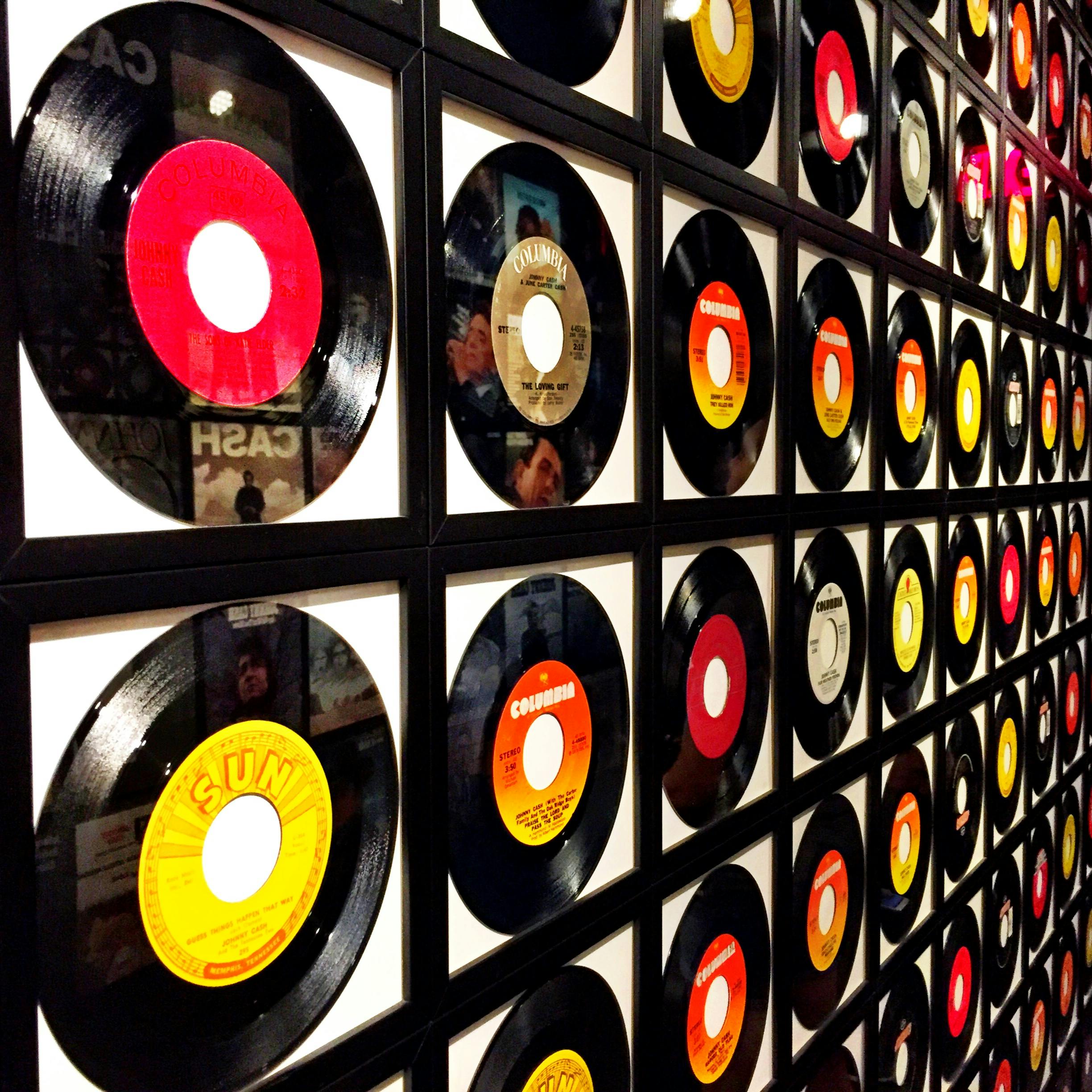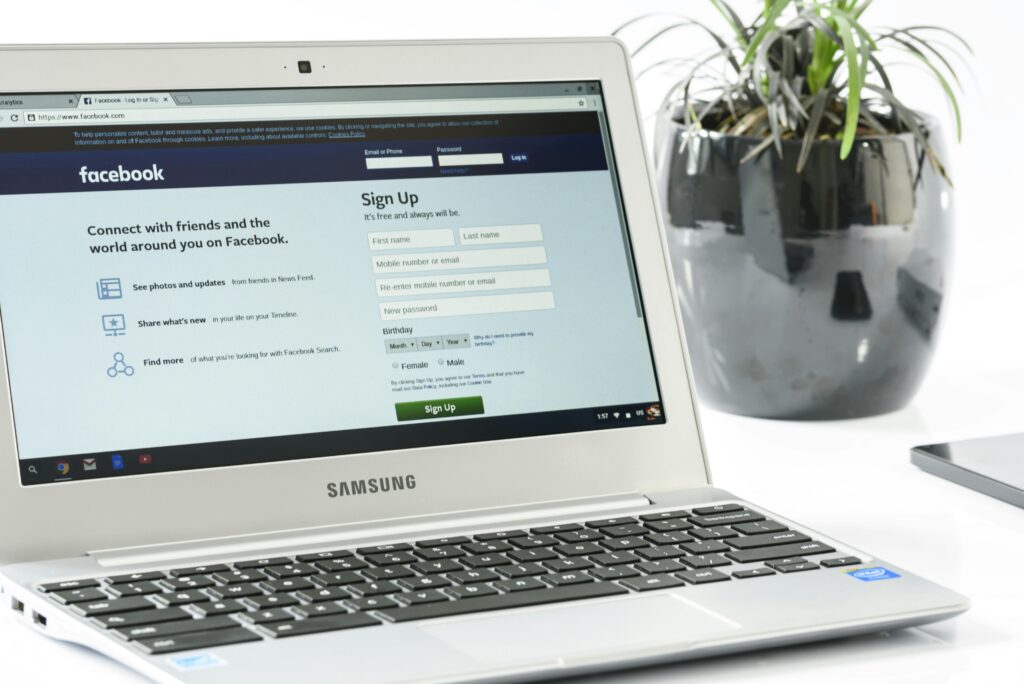Building the Foundation: Legal & Business Setup for Your DIY Record Label
Disclaimer: This post is not legal or financial advice — it’s simply a collection of ideas and personal experience to help get the ball rolling if you’re interested in setting up your own label. If you’re unsure, consult a lawyer or accountant in your region.
So you’re ready to start a record label — or at least seriously thinking about it. Maybe it’s a side project like mine (Listening Edge Records), or maybe you’ve got bigger plans down the road. Either way, one thing matters right out of the gate: if you’re looking to create a fully registered label, you’ll need a solid legal and business foundation.
But what if you’re just releasing music under a name you made up?
That’s totally fine too. You can build a website, use a name, and even create branding around your “label.” Just keep in mind: unless you legally register the name and structure, it isn’t protected. Someone else could legally use the same name — or even claim ownership of it — especially if you’re successful or the name gains traction.
This first post in our deep-dive series explores what a formal setup involves, what I personally did when launching Listening Edge Records, and what you should consider — depending on where you live, particularly in Canada or the United States.
Why Legal & Business Structure Matters
Before you release music, collect royalties, or even design a logo, it’s a good idea to give your label a proper legal identity. Doing so helps you:
- Register ISRC codes under your label name
- Open a business bank account
- Handle taxes and deductions properly
- Keep your label’s finances separate from your personal income
- Build credibility and protect your brand
It might not be the most exciting part of the process, but it’s the foundation that makes your label real, recognized, and ready to grow.
Step-by-Step: Setting Up the Legal Side
For Canadians
If you’re based in Canada, here’s what the setup typically involves:
1. Choose Your Business Structure
- Sole Proprietorship – The easiest and least expensive option. However, your label and your personal finances are legally the same.
- Incorporation – More setup and paperwork, but it creates a separate legal entity. A good option if you plan to scale, protect your assets, or operate multiple business brands under a single corporate umbrella (such as a business division).
What I did: I incorporated my teaching studio as Bach To Basics Inc. and registered Listening Edge Records as a trade name under that corporation. Because it’s a trade name registered by a corporation, it legally functions as a division. On official documents, I must refer to it as:
Listening Edge Records, a division of Bach To Basics Inc.
2. Register a Trade Name
If you’re using a business name different from your legal one (like Listening Edge Records), you need to register it. This is done through your provincial government’s business registry.
3. Get a Business Number
If you incorporate federally or provincially, the Canada Revenue Agency (CRA) will issue you a Business Number for handling GST/HST, payroll (if applicable), and other filings.
4. Open a Business Bank Account
This helps you keep income and expenses clear and separate. Most banks will ask for your articles of incorporation and proof of trade name registration.
5. Set Up Bookkeeping
Start simple with a spreadsheet or basic software. At a minimum, track:
- Revenue (streaming, downloads, licensing)
- Expenses (distribution, equipment, plugins, hosting)
- Payments to collaborators or service providers
For Americans
If you’re based in the United States, the steps are similar — but with slightly different terminology:
1. Choose a Business Structure
- Sole Proprietorship – Quick and low-cost, but no separation between personal and business assets.
- LLC (Limited Liability Company) – Offers liability protection and is ideal for most independent creators.
- Corporation – More complex and typically used for larger operations or multi-artist labels.
2. Register a DBA (Doing Business As)
If your label name differs from your legal business or personal name, you’ll need to file a DBA with your state or county.
3. Get an EIN (Employer Identification Number)
Even without employees, this number allows you to:
- Open a business bank account
- File taxes as a business
- Register with music rights organizations like ASCAP or BMI
4. Open a Business Bank Account
As in Canada, a dedicated account keeps your finances clean and organized.
5. Keep Financial Records
Software like Wave, QuickBooks, or even Excel will help you track your label’s financial health and stay on top of taxes.
How I Set Up Listening Edge Records
Here’s how I personally structured my label:
- Incorporated my teaching studio under Bach To Basics Inc. (Canada)
- Registered Listening Edge Records as a trade name, which legally functions as a division of the corporation
- Set up separate tracking for label-related income and expenses
- Registered with SOPROQ under the label name to collect royalties on master recordings
- Applied for and now assign my own ISRC codes through the label
Note: While ISRC codes and some royalties organizations may allow individuals to register, having a business structure can streamline the process — and in some cases, it may eventually be required depending on the platform or scope of activity.
This setup gave me the flexibility to keep things small and manageable — but also professional and legally sound. I’m not aiming to be a full-scale label at the moment, but this structure gives me the option to grow in the future.
Other Things You Might Consider
Trademarking Your Label Name
If you’re planning to grow or want to protect your label name and logo from being used by someone else, a trademark might be a smart step — especially in the U.S., where brand disputes are more common.
Domain & Email Setup
Purchasing a domain name (e.g., yourlabel.com) and setting up a custom email (info@yourlabel.com) instantly boosts your professionalism and trustworthiness.
Create Basic Agreements
Even if you’re the only artist now, having simple templates for release agreements or revenue splits will be useful if you ever collaborate or bring other artists on board.
Final Thoughts
You don’t have to build a registered business to release music. But if you want to register codes, collect royalties, or grow your label in any meaningful way, having a formal structure in place is often necessary — and always helpful.
Whether you’re in Canada or the U.S., the most important thing is to build something sustainable, organized, and protected from the start.
Coming Up Next:
In the next deep dive, we’ll take a closer look at Rights & Registration — exploring SOCAN, SOPROQ, mechanical royalties, and how to actually get paid for your music.
Until next time,
Trevor
Listening Edge Records / Bach To Basics Inc.





